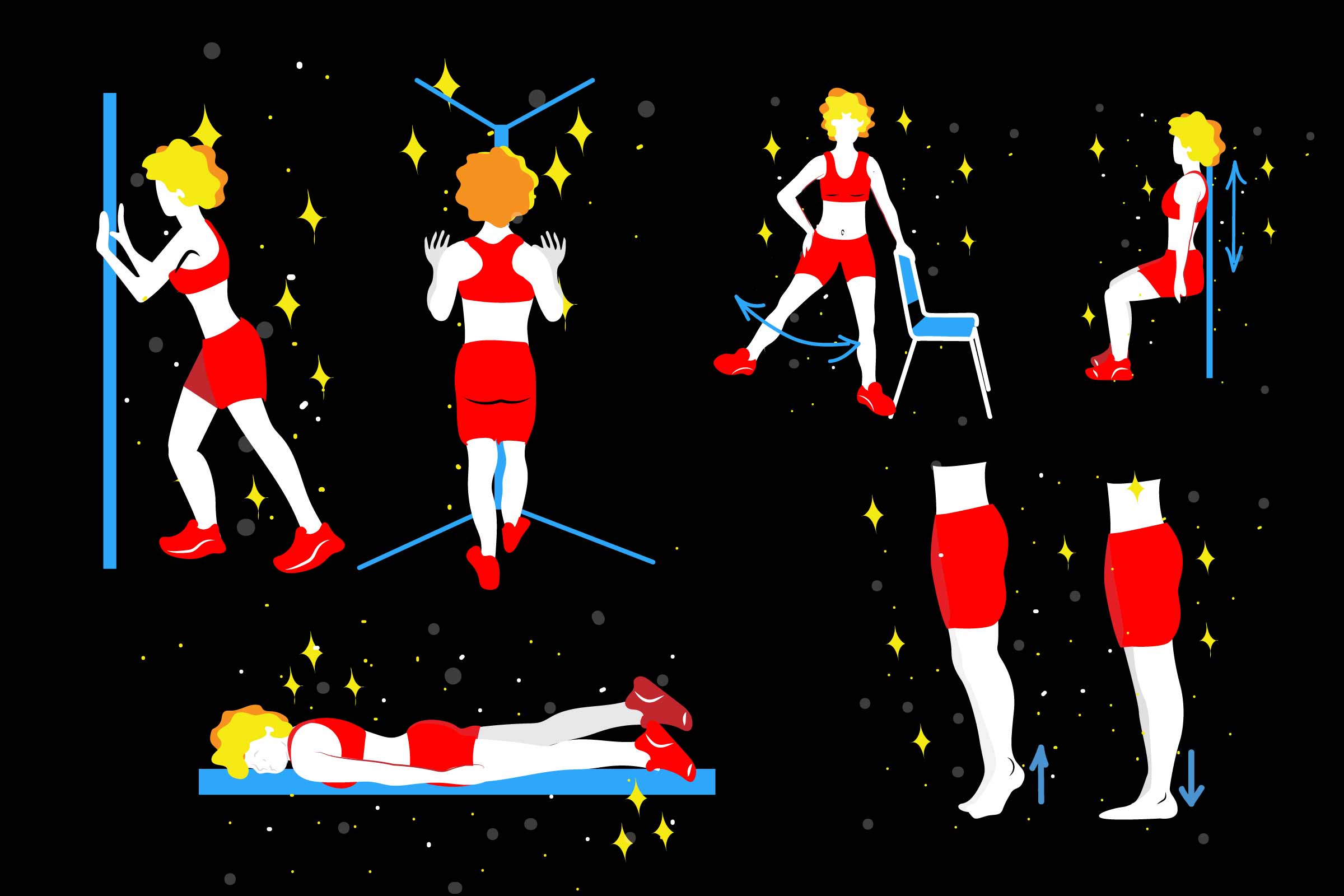

Get this: One in two women and up to one in four men age 50 and older will break a bone because of osteoporosis. This disease makes bones brittle and weak such that a simple slip and fall — or in severe cases, even a cough or forceful sneeze — can cause a fracture.
It would therefore stand to reason that avoiding physical activity could help prevent bone fractures. But, in fact, the opposite is true: Staying active can actually help build and maintain strong bones, which reduces the risk of developing osteoporosis. Plus, exercise improves balance and coordination, which reduces the risk of falls.
More than 53 million people have osteoporosis or are at high risk due to low bone mass, according to the National Institutes of Health. And studies have shown people with inflammatory arthritis (such as rheumatoid arthritis, lupus, and ankylosing spondylitis) have a higher chance of developing the bone-thinning disorder. Read more about the link between inflammatory arthritis and osteoporosis.
Here’s what’s happening in your bones when you have osteoporosis, and why certain types of exercise are specifically suited to help strengthen them.
How Osteoporosis Affects Your Bones
Bones are living tissue that are constantly changing and remodeling, explains Ron Noy, MD, orthopedic surgeon and founder of Prestige Orthopaedics and Sports Medicine in New York City. Specialized bone cells called osteoclasts break down and absorb old bone tissue; other bone cells called osteoblasts then fill in the gaps with new bone tissue.
When you’re young, new bone is added faster than old bone is removed. As a result, bones become larger, denser, and stronger. You reach your peak bone mass by about age 30. After that, the body builds less new bone to replace old bone.
Osteoporosis — which literally means “porous bone” — occurs when the absorption of old bone tissue outpaces the creation of new bone tissue, leading to a decrease in bone mass. Under a microscope, healthy bone looks like a honeycomb, explain experts at the National Osteoporosis Foundation (NOF). With osteoporosis, the holes and spaces in the honeycomb are much larger, so the bone is less dense and more likely to break. Most fractures will occur in the hip, spine, and wrist. When osteoporosis affects vertebrae (the bones of the spine), it can also lead to a stooped or hunched posture.
How Exercise Helps Manage and Prevent Osteoporosis
“Bones are like muscles — when exercised properly, they become stronger and healthier,” says Dr. Noy, who is also a spokesperson for the American Academy of Orthopaedic Surgeons. Because bone is a living tissue, it changes and adapts in response to the force placed on it. Putting the proper amount of stress on a bone helps regulate bone cells to reduce the amount of bone that is being removed and to stimulate the creation of new bone tissue, explains Dr. Noy. Therefore, exercise helps build strong bones when we’re younger and prevents them from getting weaker as we get older.
There are two types of osteoporosis exercises that are important for building and maintaining bone density:
Weight-bearing exercises: These are activities you do on your feet so your bones and muscles have to work against gravity to keep you upright. Low-impact weight-bearing exercise — like walking — strengthens and slows bone loss in your legs, hips, and lower spine. Higher-impact activities (like running and hiking) increases the stress on your bones to provide more strengthening benefits, but they can also bring a higher risk of injury and fracture, adds Dr. Noy, particularly if you are new to these exercises or have severe osteoporosis. Talk to your doctor to determine which weight-bearing moves are safest for you.
Strength-training exercises: Using free weights, resistance bands, or your own body weight adds resistance to movement, which makes muscles in your arms and upper spine work harder, and over time, become stronger. Strong spinal muscles are important for posture. Resistance training also puts stress on bones to help maintain bone density. Proper form is key to prevent injury. Exercises should be tailored to your ability and tolerance.
Other types of exercise aren’t as effective as strengthening bones, but can provide some benefits:
- Balance exercises such as tai chi can strengthen your leg muscles and help keep you steadier on your feet.
- Posture exercises can help you work against the “sloping” shoulders that can happen with osteoporosis and lower your chances of spine factures.
- Yoga can help improve flexibility, but certain positions may not be safe if you have osteoporosis or an increased risk of broken bones.
Non-weightbearing aerobic exercise, such as swimming and cycling, don’t increase bone mass, but do boost cardiovascular health. Ask your doctor or physical therapist which exercises are best for you.
Precautions to Keep in Mind Before Exercising with Osteoporosis
If you’re new to exercise, it’s always smart to first talk to your doctor. Consider your limitations and work within them, suggests Dr. Noy. Your doctor or physical therapist can make sure exercises are safe for you and help strengthen bone and prevent bone loss — without causing injury or bone fracture. If you have recently broken a bone, have very low bone density,or have both osteoporosis and arthritis, always get guidance from your doctor or physical therapist on what exercises are safe for you. More tips to protect your bones:
Start slowly. If you push too hard too fast, you can overstress the bone and risk injury or fracture, says Dr. Noy. Ease into your exercise routine, then gradually increase the length and intensity of your workout.
Skip high-impact and heavy weights. Activities that require jumping and running can lead to fractures in weak bones. Avoid jerky, quick movements; instead choose exercises with slow, controlled movements. Use light weights when strength training.
Avoid bending and twisting. Exercises where you need to bend forward at the waist and twist your spine, such as touching your toes or doing sit-ups, can up your risk of compression fractures in your spine if you have osteoporosis. Golf, tennis, and certain yoga moves may also require you to bend or twist forcefully at the waist and cause injury.
Stop if anything hurts.“Never push through pain,” says Dr. Noy. Talk to your doctor about what pain is normal and when it’s a sign of something more serious.
Exercises to Help Build Strong Bones
As a general guideline for bone health, build up to 30 minutes of weightbearing activity, three or four days a week. Strength train major muscle groups at least twice a week, with a rest day in between.
The following exercises are good options to help strengthenbone and prevent bone loss, promote good posture, and improve balance. They were recommended by the National Osteoporosis Foundation and Dr. Noy at AAOS:
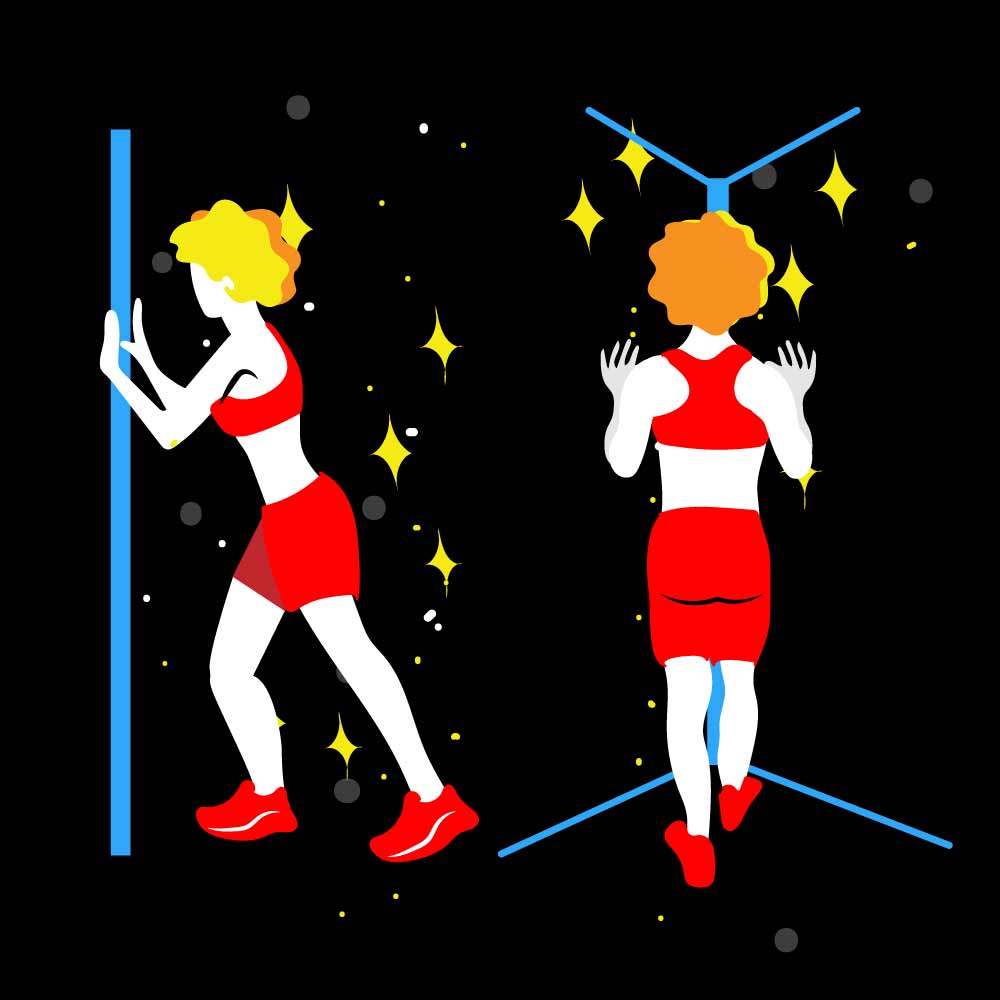

Corner Stretch
Improves posture and helps reduce rounded or “sloping” shoulders
- Stand facing the corner of a room,with your hands and forearms against the walls at shoulder level.
- Step forward with one foot, bending the knee.
- Lean onto the front leg, bringing your head and chest toward the corner.
- Hold for 30 seconds; then stand up straight.
- Repeat with other foot.
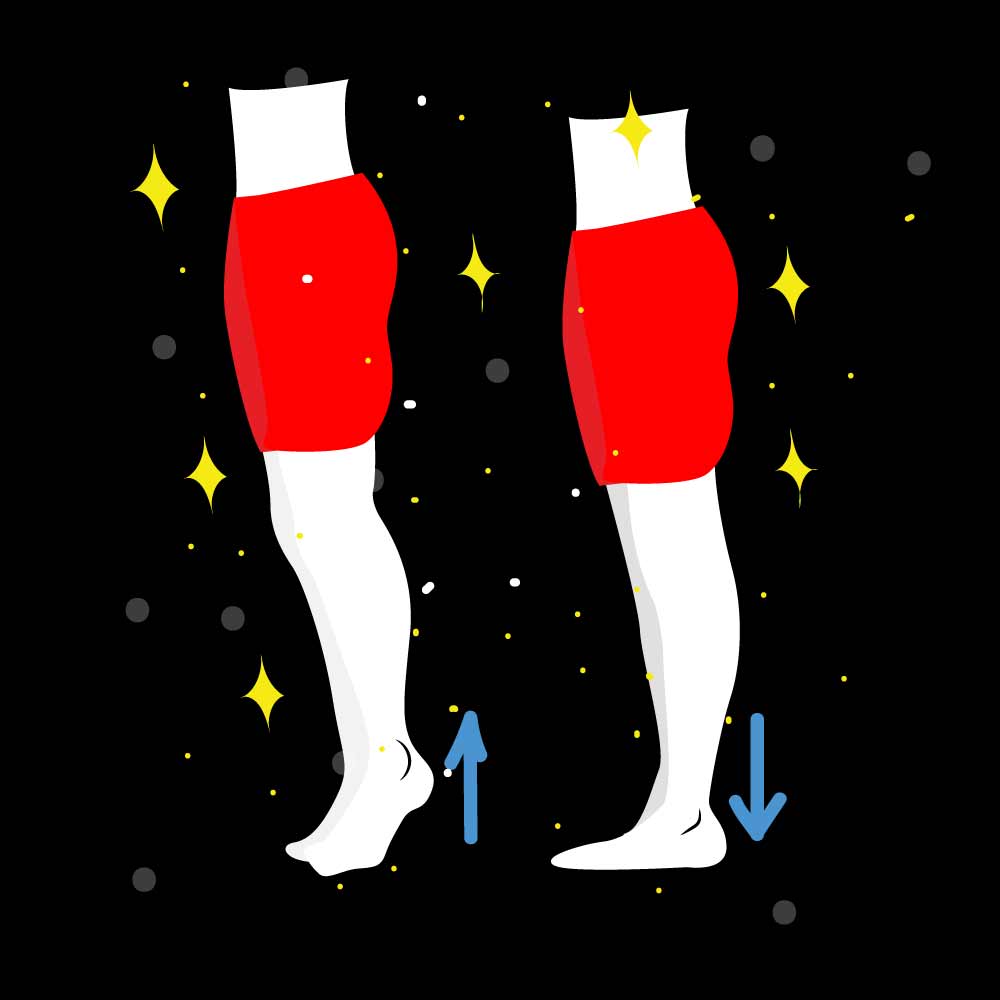

Toe and Heel Raise
Strengthens lower leg and helps improve balance
- Stand up straight and place your hands on the back of a sturdy chair for support.
- Lift your heels off the floor while keeping your toes on the floor and knees straight; then lower.
- Lift your toes off the floor while keeping your heels on the floor and knees straight; then lower.
- Complete a set of reps. To challenge your balance, hold on to the chair as little as possible.


Hip Abductor Lift
Strengthens the hips and improves balance
- Stand up straight and place your left hand on a sturdy chair for support, and right hand on your waist.
- Flex your right foot and keep your right leg straight as you lift it to the side, no more than 6 inches off the ground; then lower your leg.
- Complete a set of reps, then repeat with your left leg.
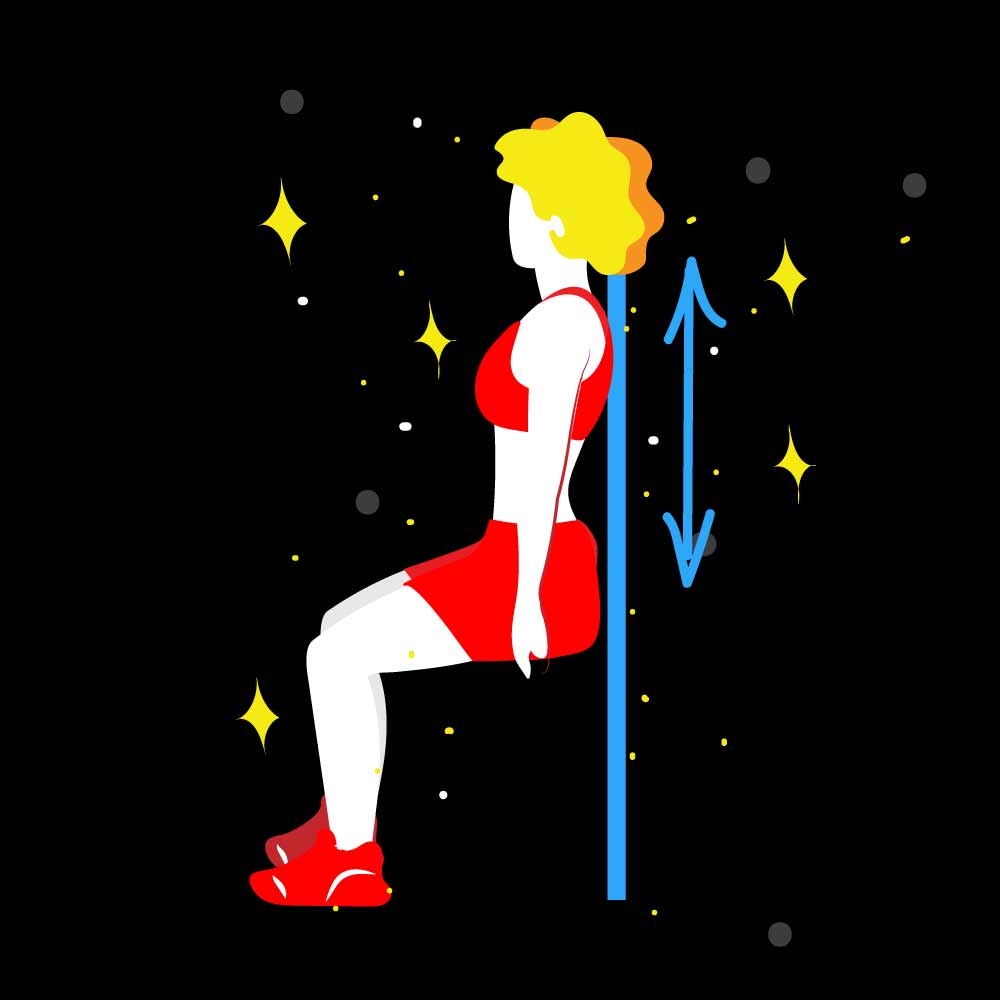

Wall Slide
Strengthens thighs, abdomen, and back
- Stand with your feet shoulder-width apart and heels one shoe-length from the wall.
- Place your buttocks, palms of your hands, and shoulders against the wall; tuck in your chin, and keep the back of your head as close to the wall as possible.
- Keeping your abs tight, slide down along the wall, bending your knees a quarter or halfway to sitting position; then slide back up. Keep your shoulders and back flat.
- Complete a set of reps.
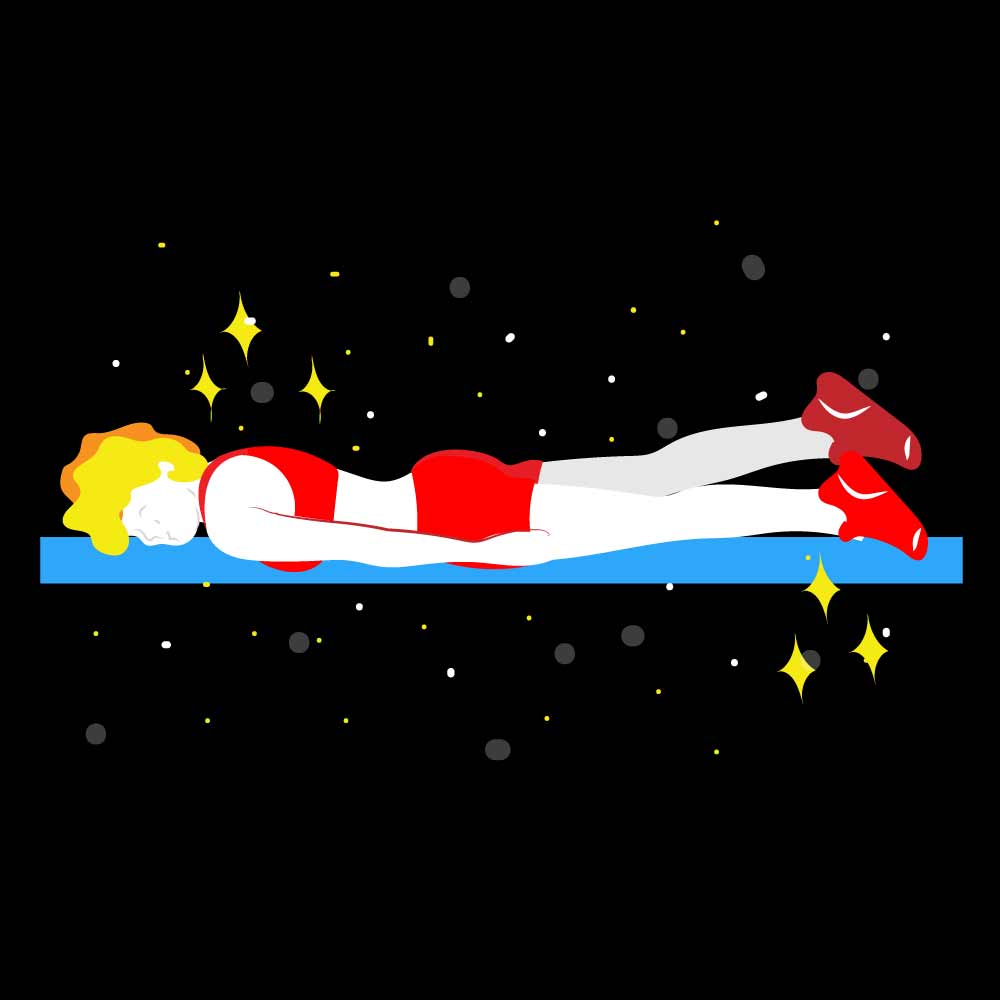

Leg Lift
Strengthens lower back and buttocks
- Lie on the floor on your stomach with your legs straight and hands at your sides.
- Place towels under your forehead, shoulders and stomach for comfort.
- Bend your right leg slightly and keeping your foot relaxed, lift your thigh off the floor; then lower.
- Repeat 10 times on the right leg; then repeat with the left leg.
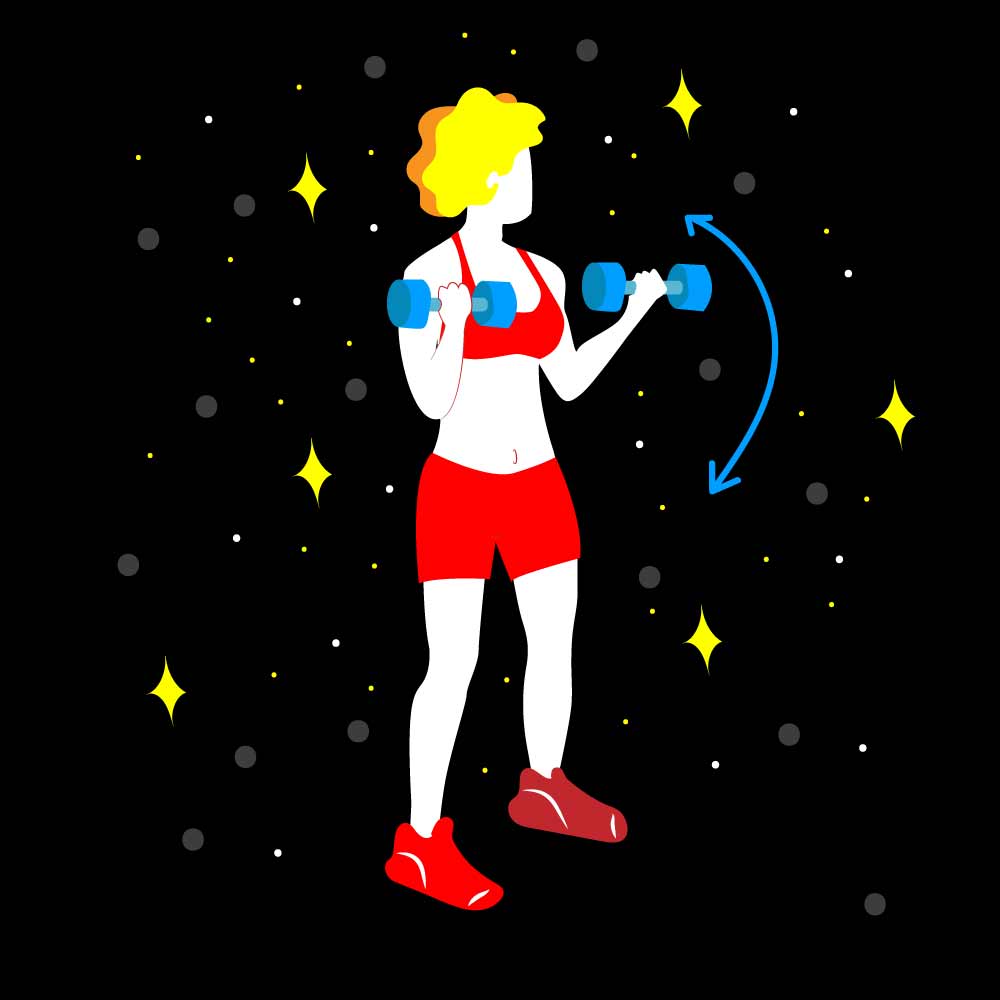

Bicep Curl
Strengthens front of upper arm
- Stand straight, with your feet about shoulder-width apart and knees slightly bent.
- Grasp a light-weight dumbbell or water bottle in one hand, with your palm facing in front of you.
- Keeping your elbow close to your side, slowly curl the weight up toward your shoulder by bending your elbow.
- Slowly lower the weight to the starting position. Don’t swing your arm or elbow during the exercise.
Complete a set of reps; then repeat on opposite arm.
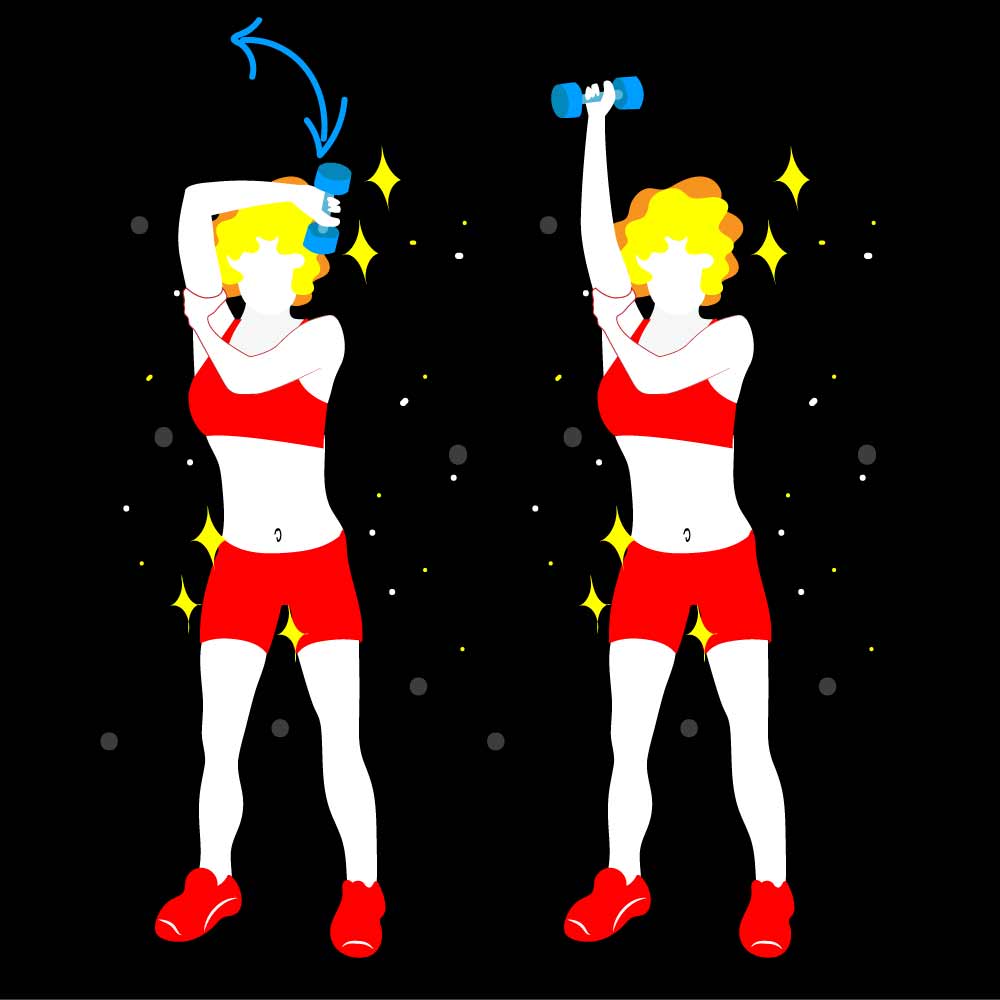

Tricep Extension
Strengthens back of upper arm
- Stand straight, with your feet about shoulder-width apart and knees slightly bent.
- Grasp a light-weight dumbbell or water bottle in one hand. Then raise your arm up and bend your elbow, so the weight is behind your head. Place your opposite hand on your tricep for support. Keeping your ab muscles tight and don’t arch your back.
- Slowly straighten your elbow and bring the weight overhead.
- Slowly lower your arm back down behind your head.
- Complete a set of reps; then repeat on opposite arm.
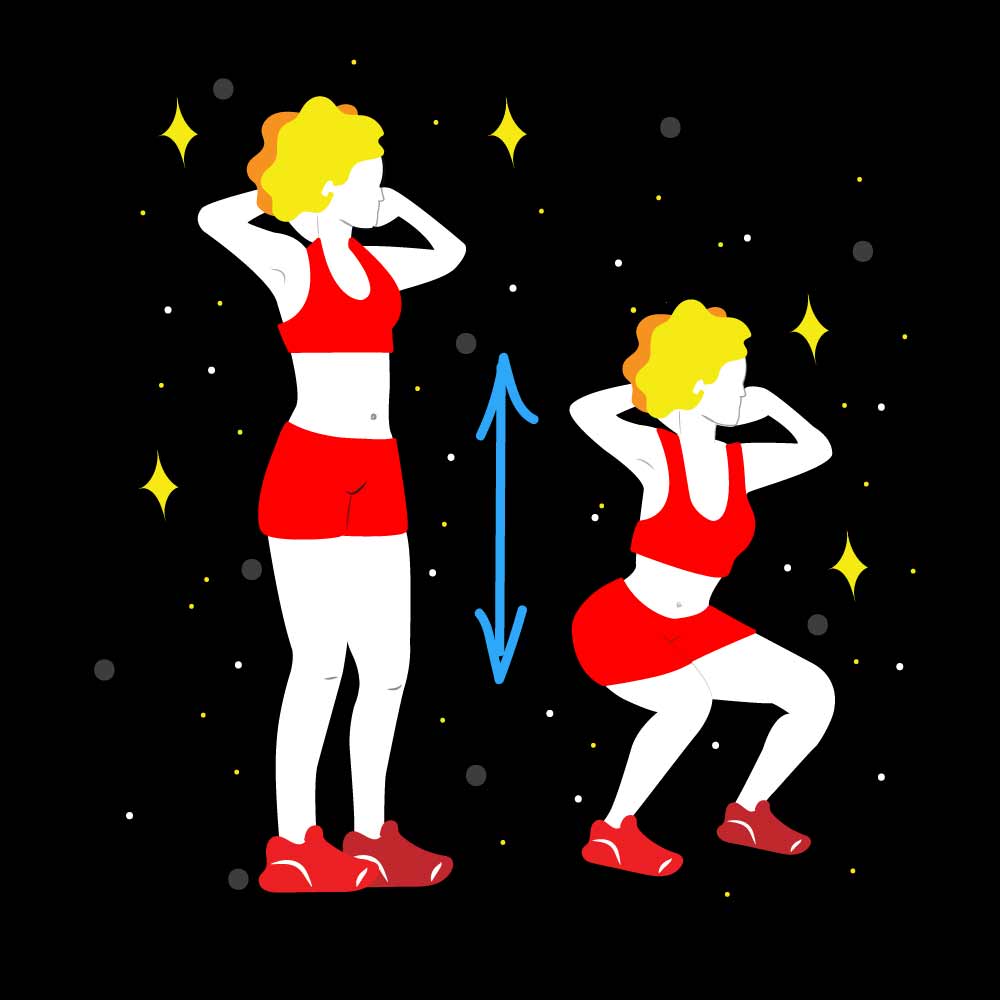

Bodyweight Squat
Strengthen thighs and buttocks
- Stand with your feet shoulder-distance apart, or a little wider for better balance. If needed, hold on to something stable, like the back of sturdy chair or kitchen sink.
- Keep your chest lifted and shift your weight back into your heels while slowly pushing your hips back, as if you were sitting down into a chair.
- Keep your feet flat and lower yourself as far as you’re comfortable (such as a quarter or halfway down to where a chair would be).
- Push through your heels and bring your body back up to standing.
- Complete a set of reps.





